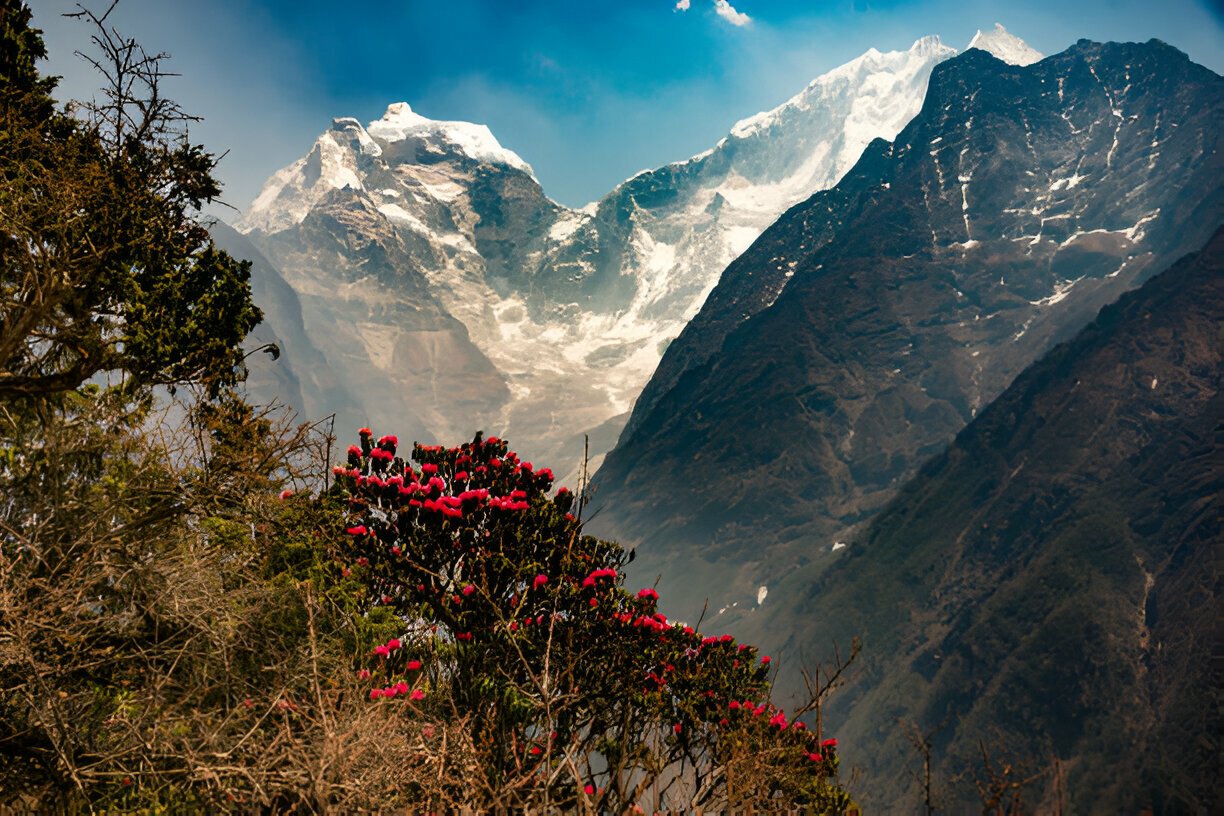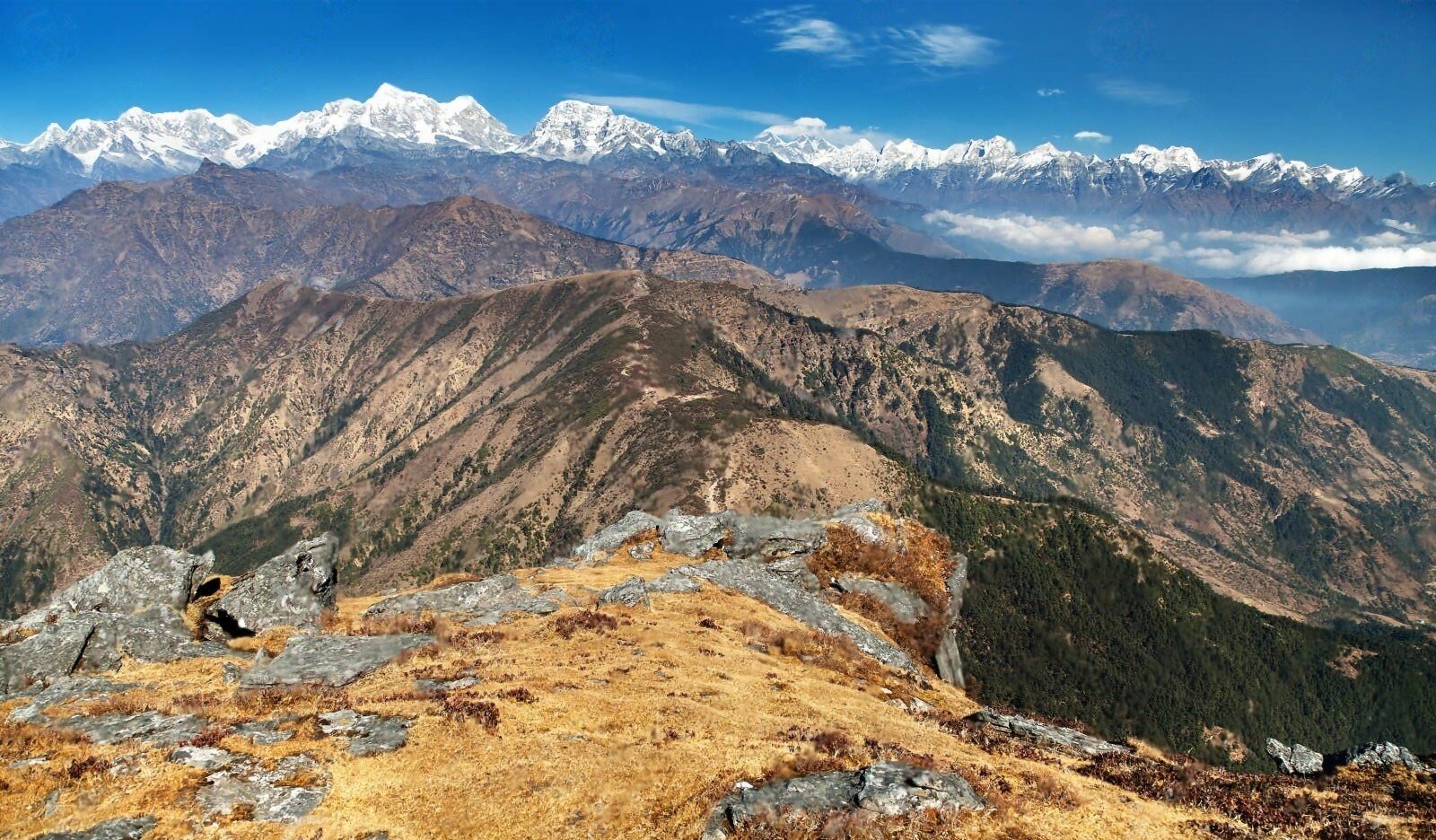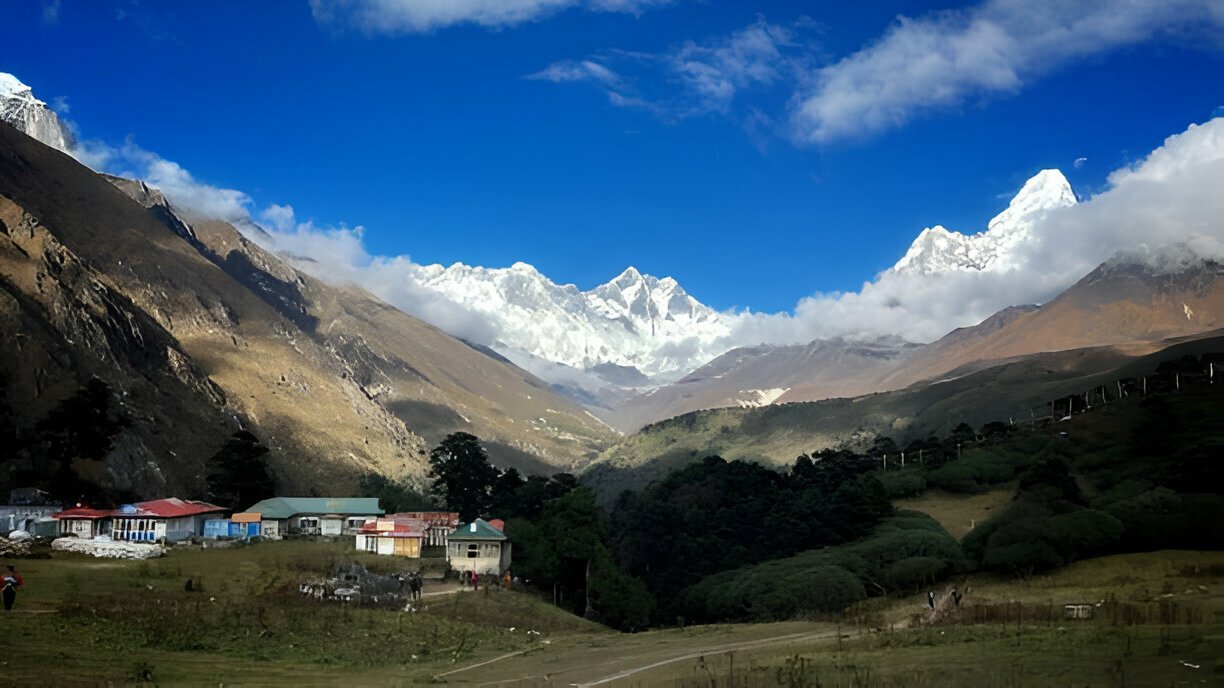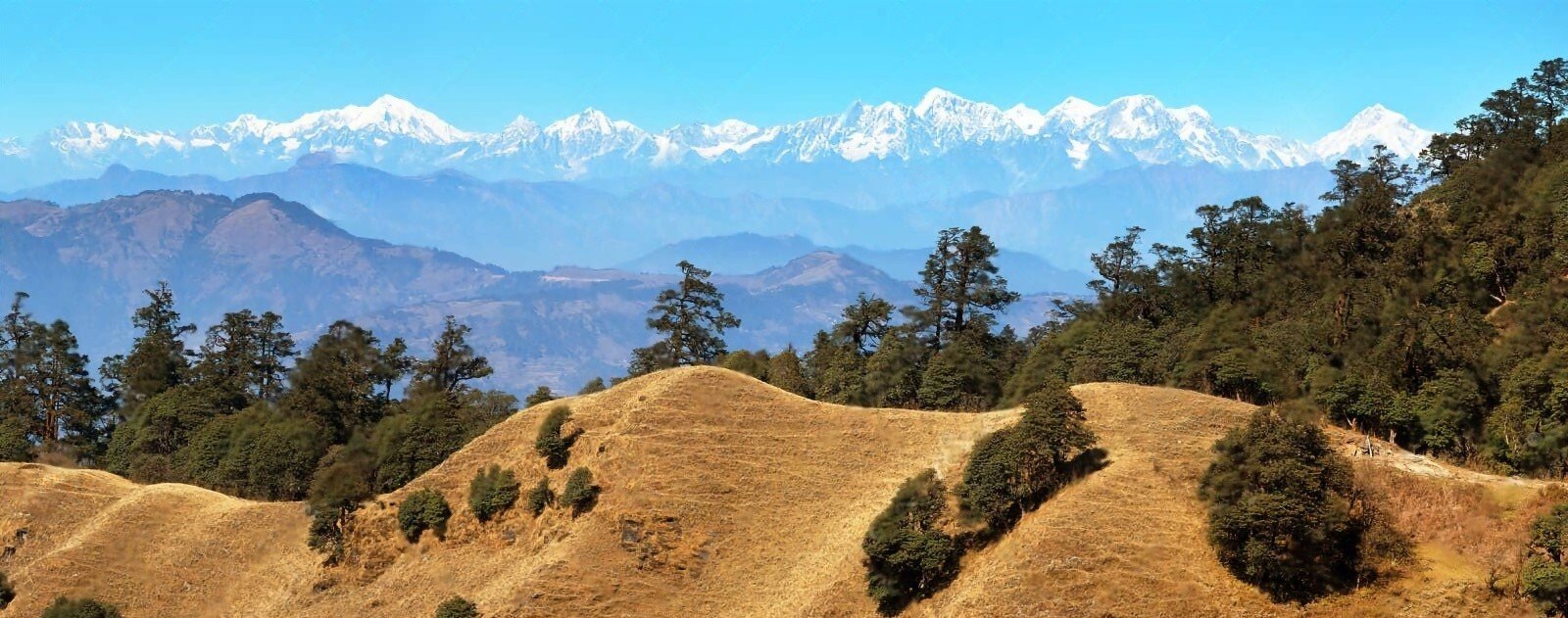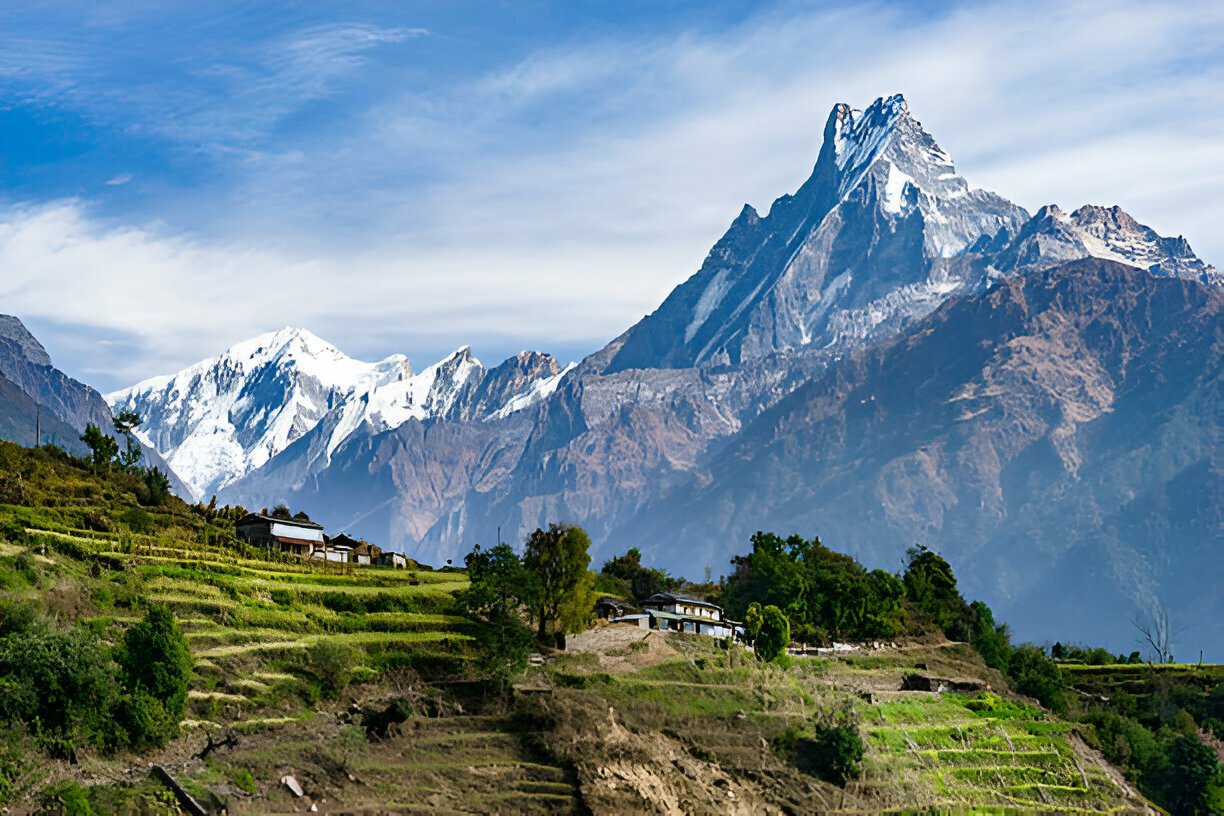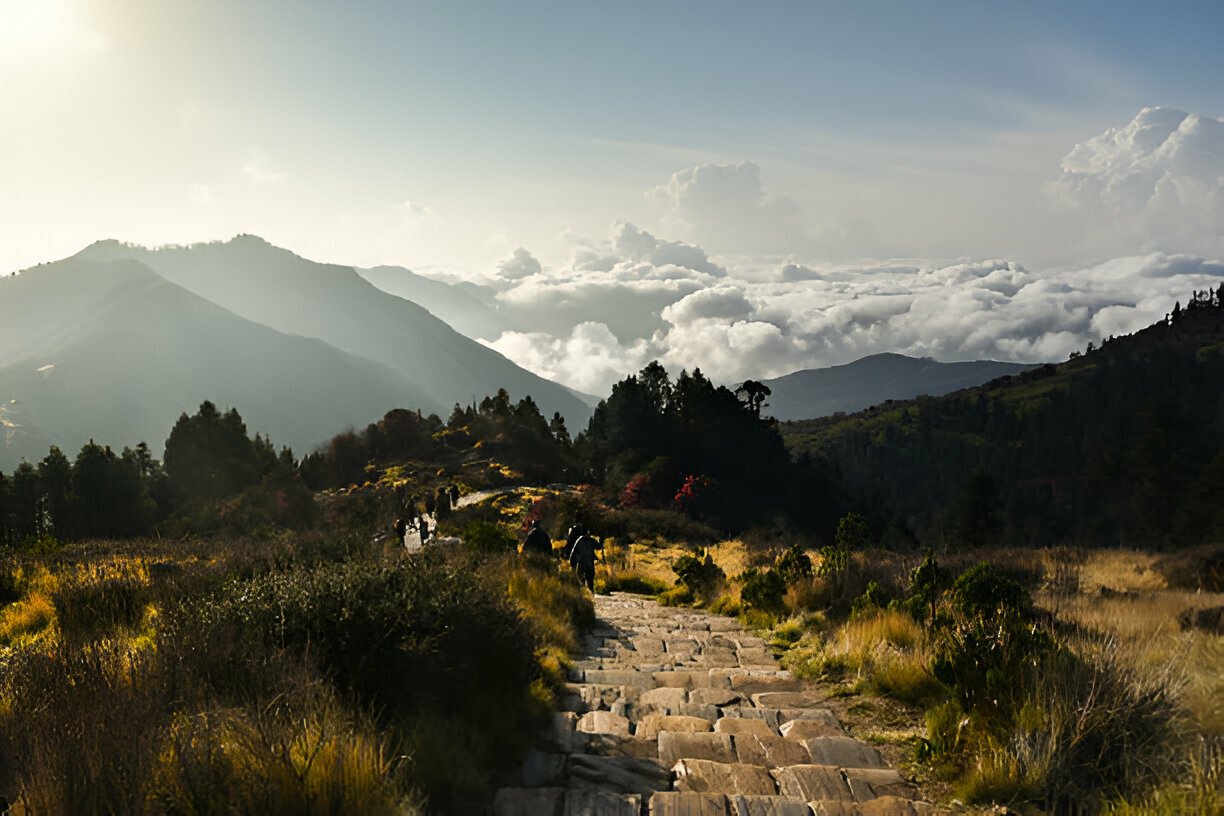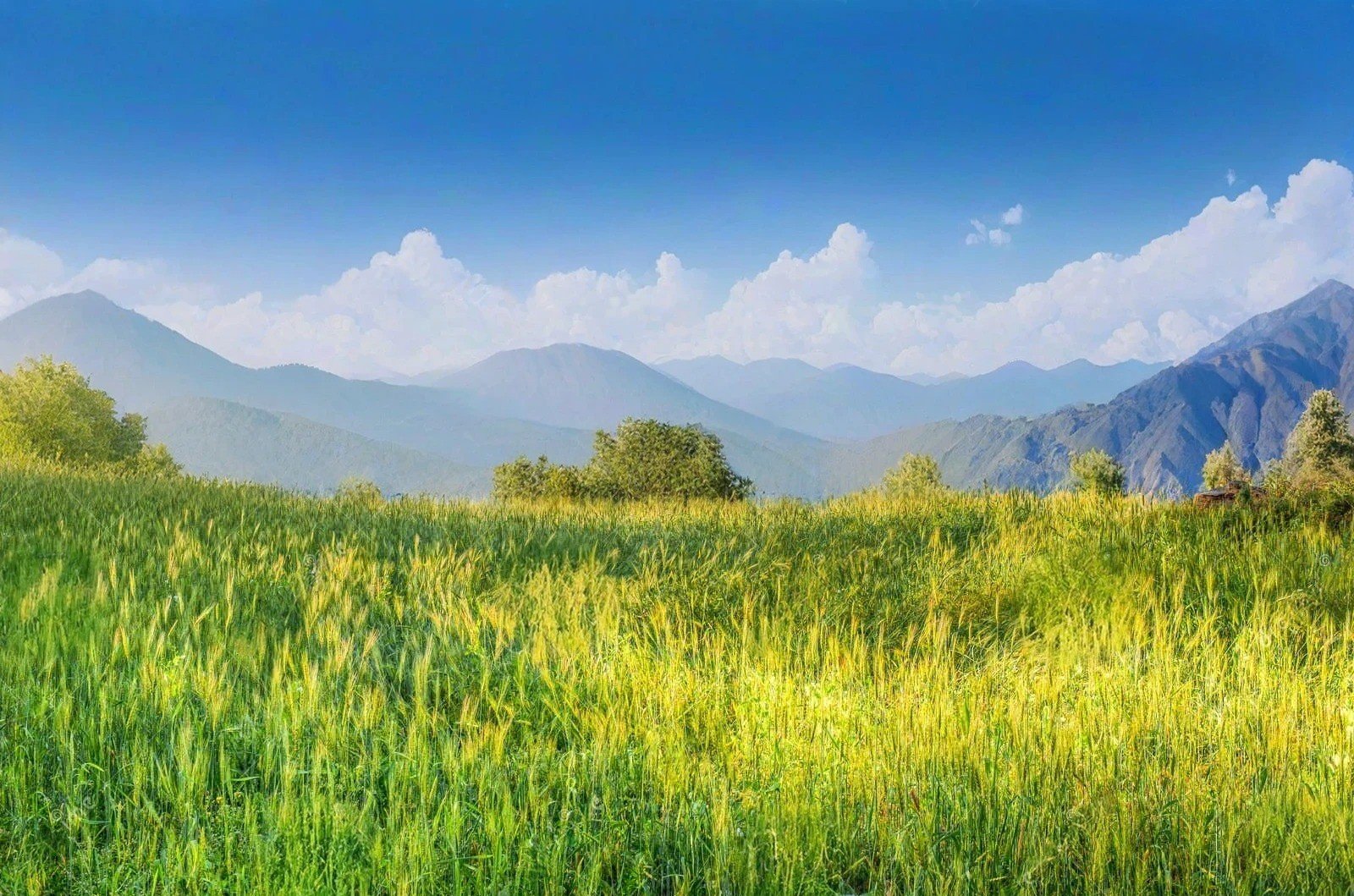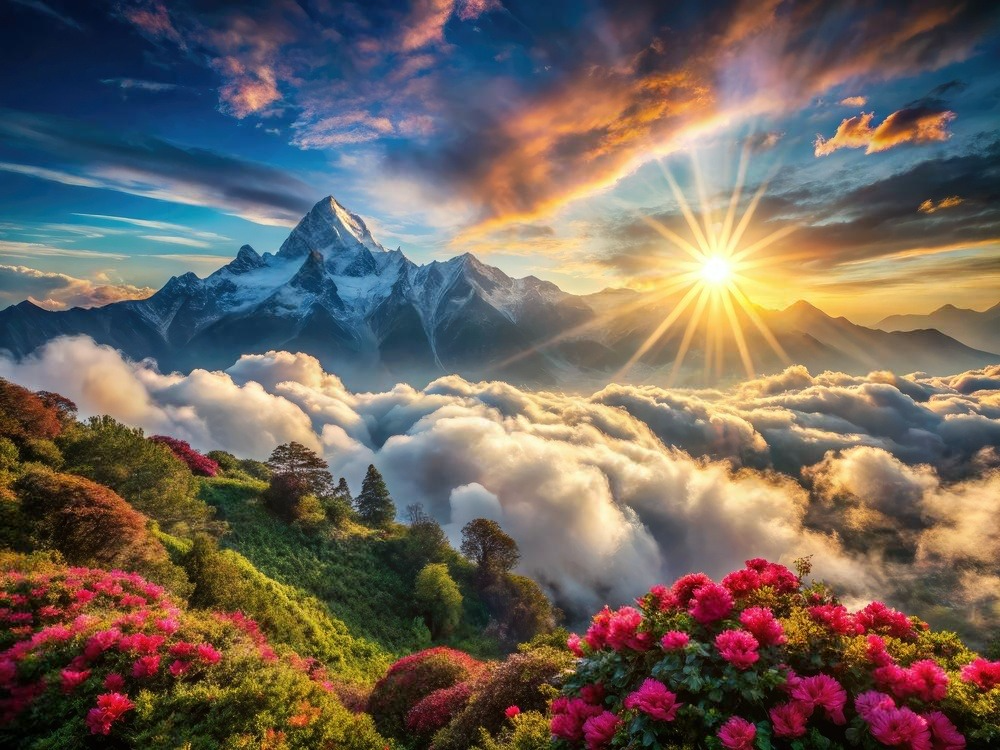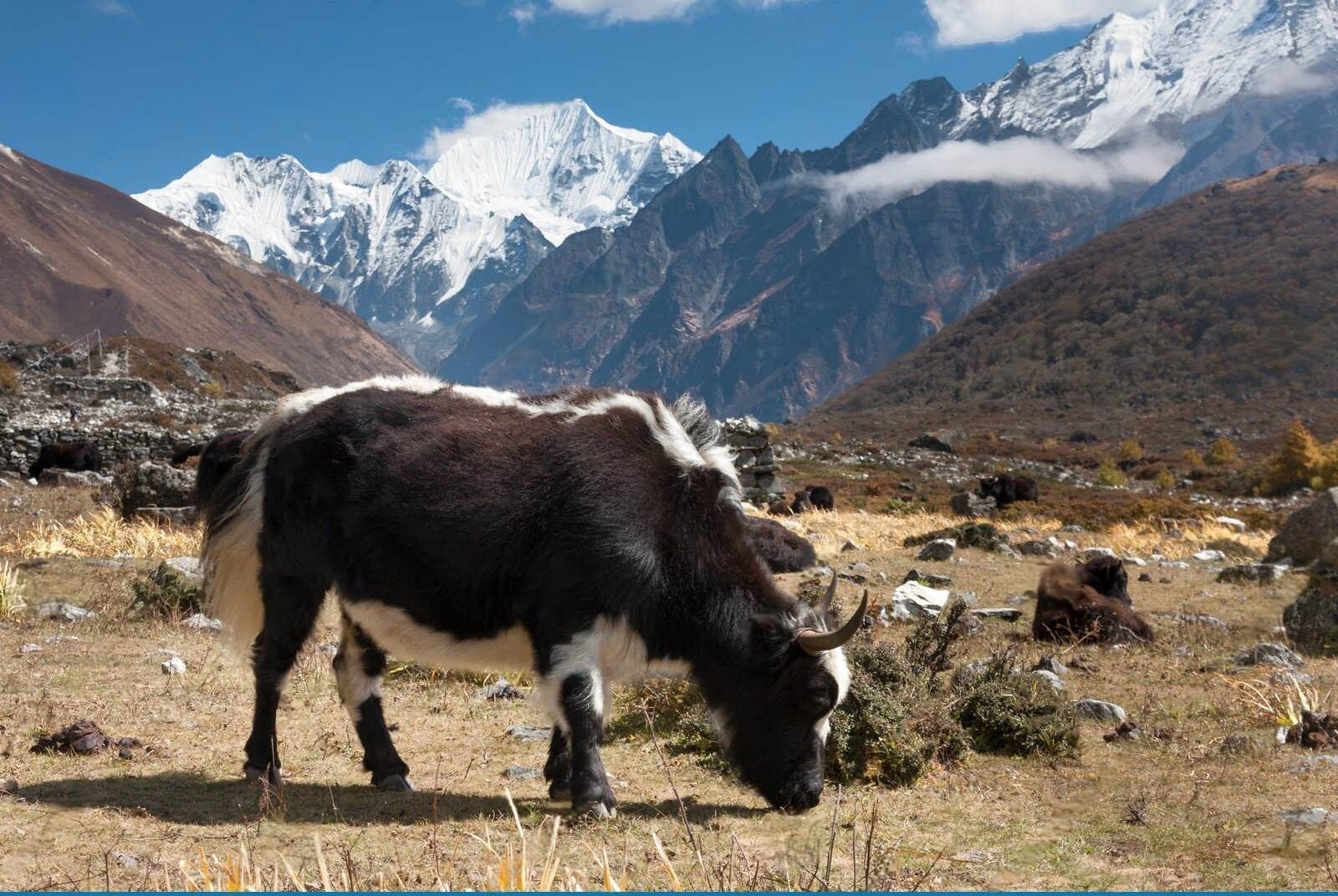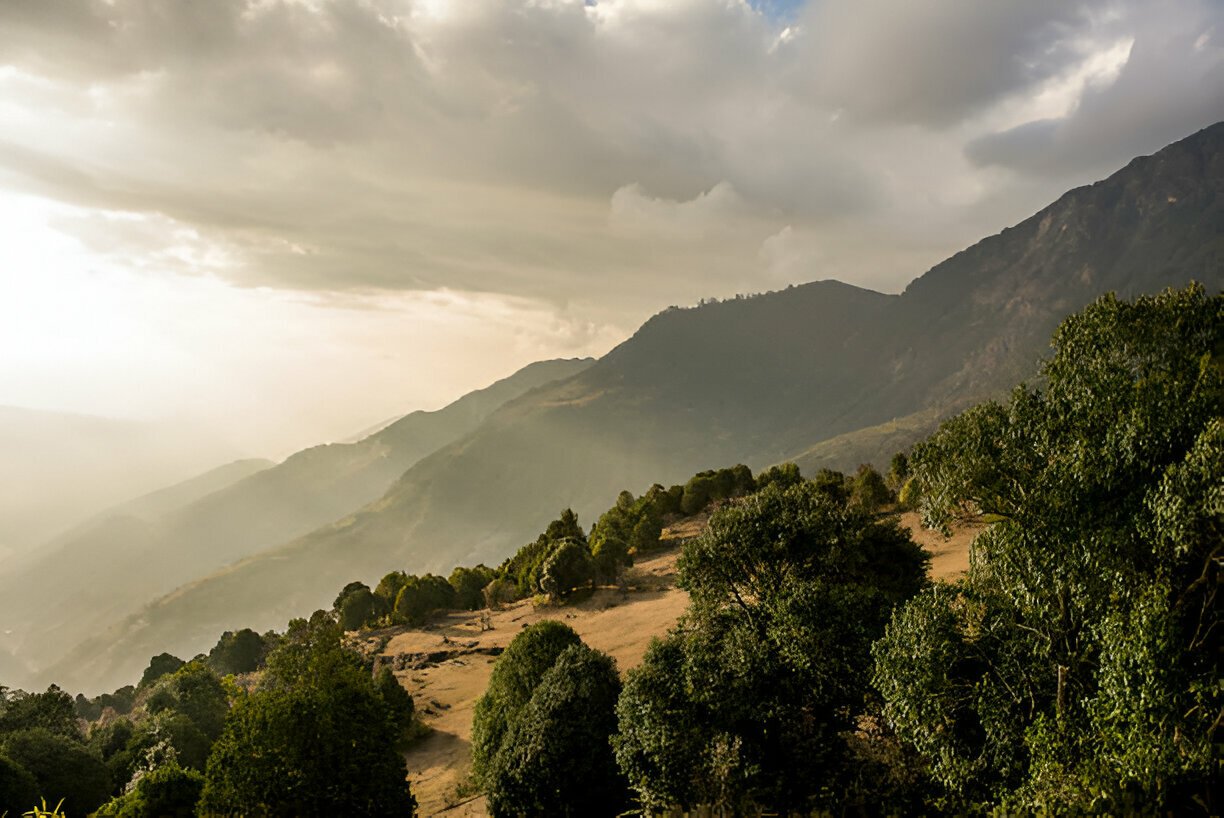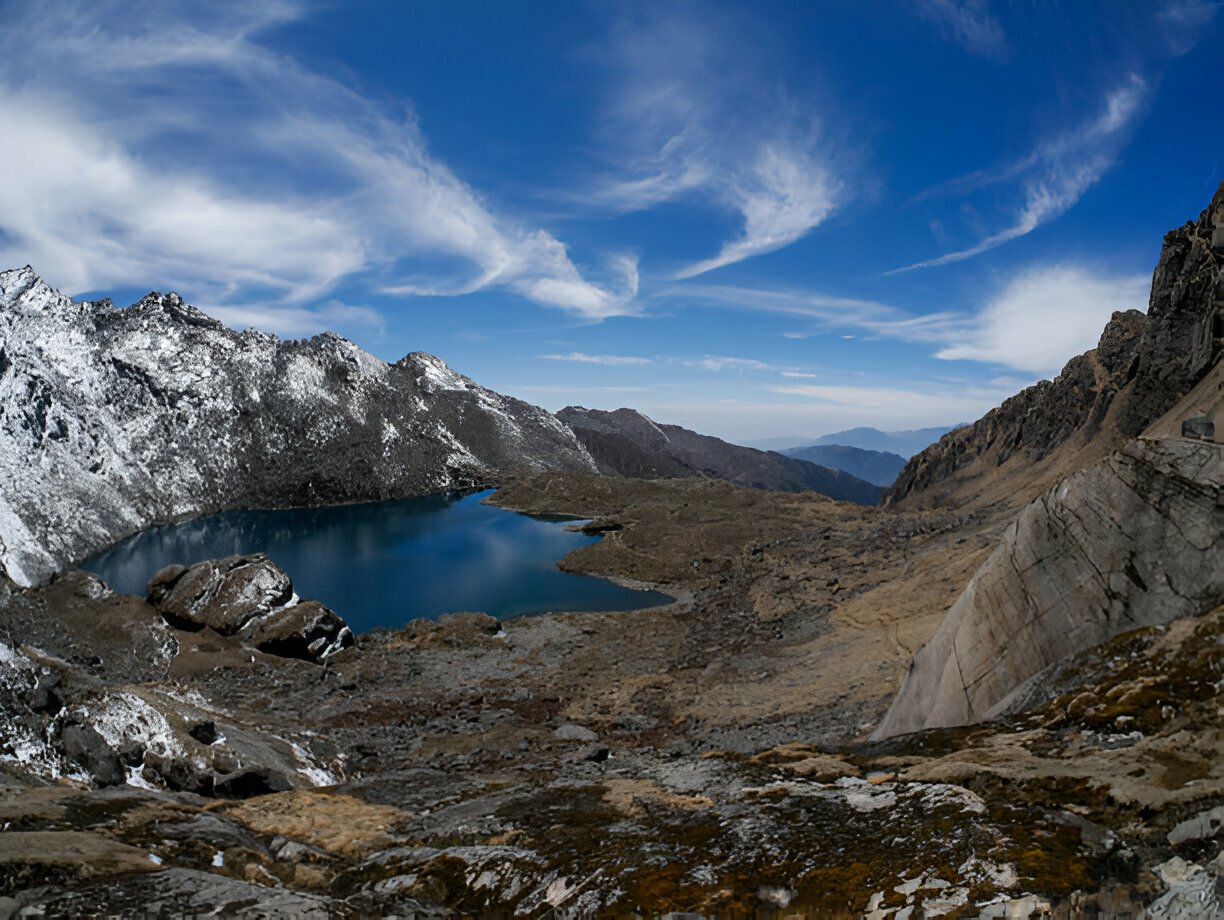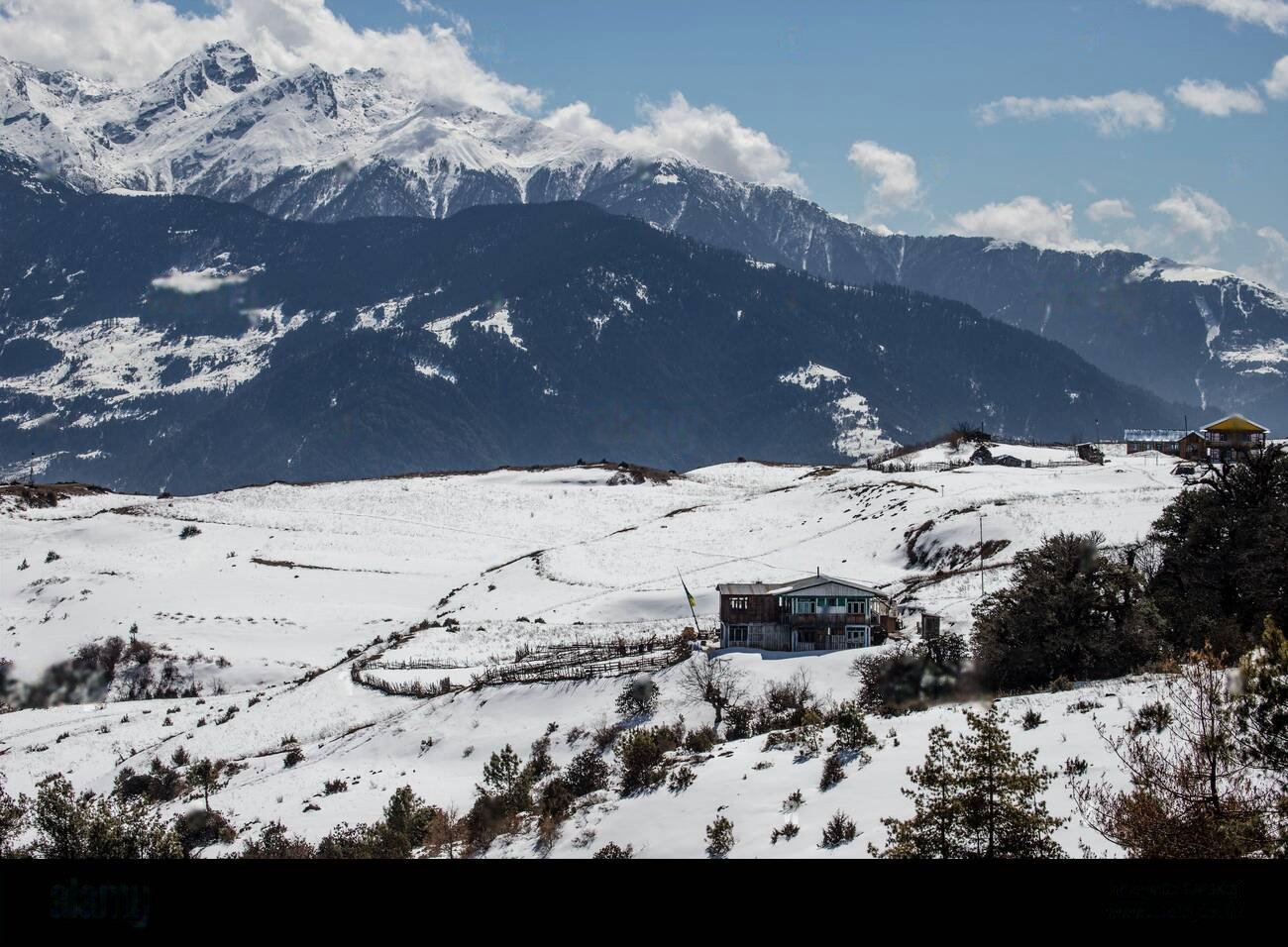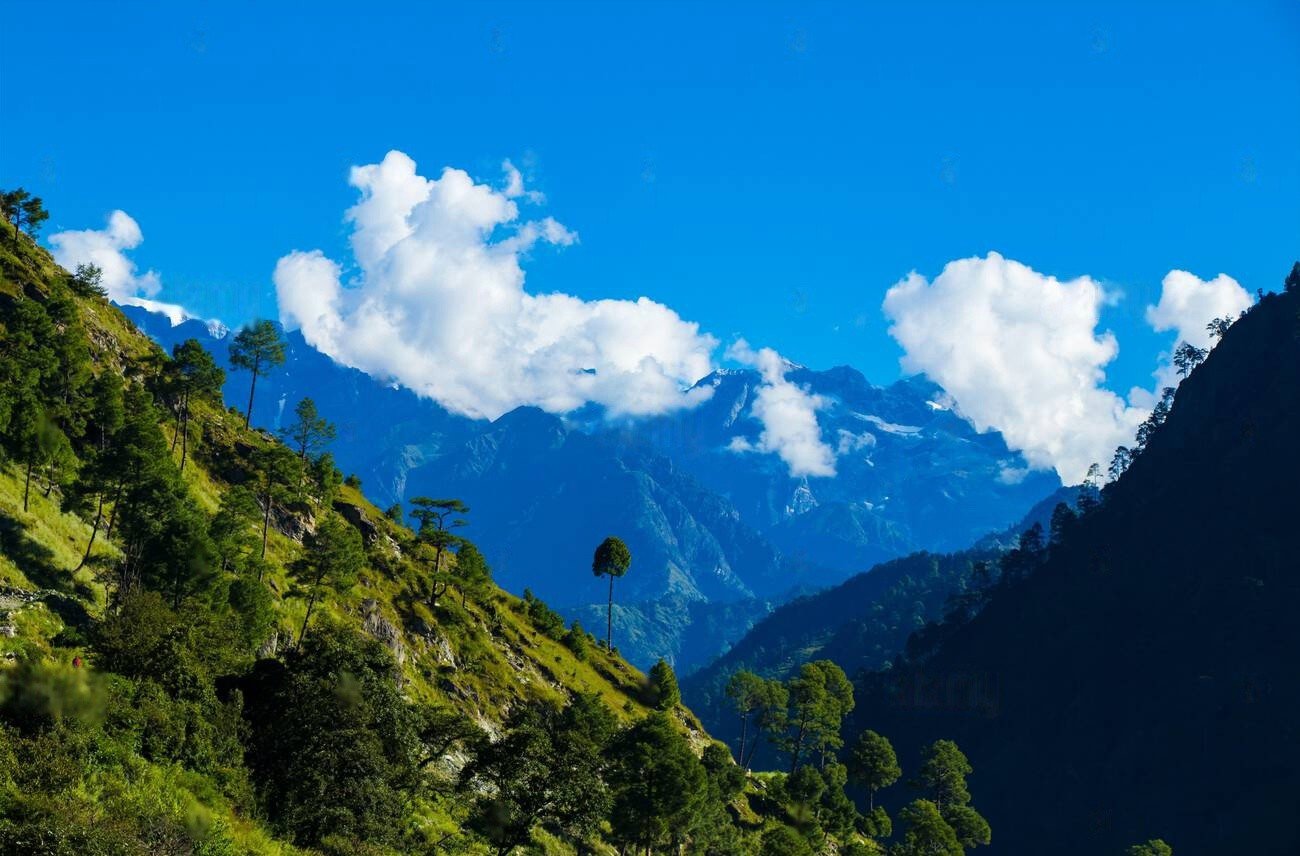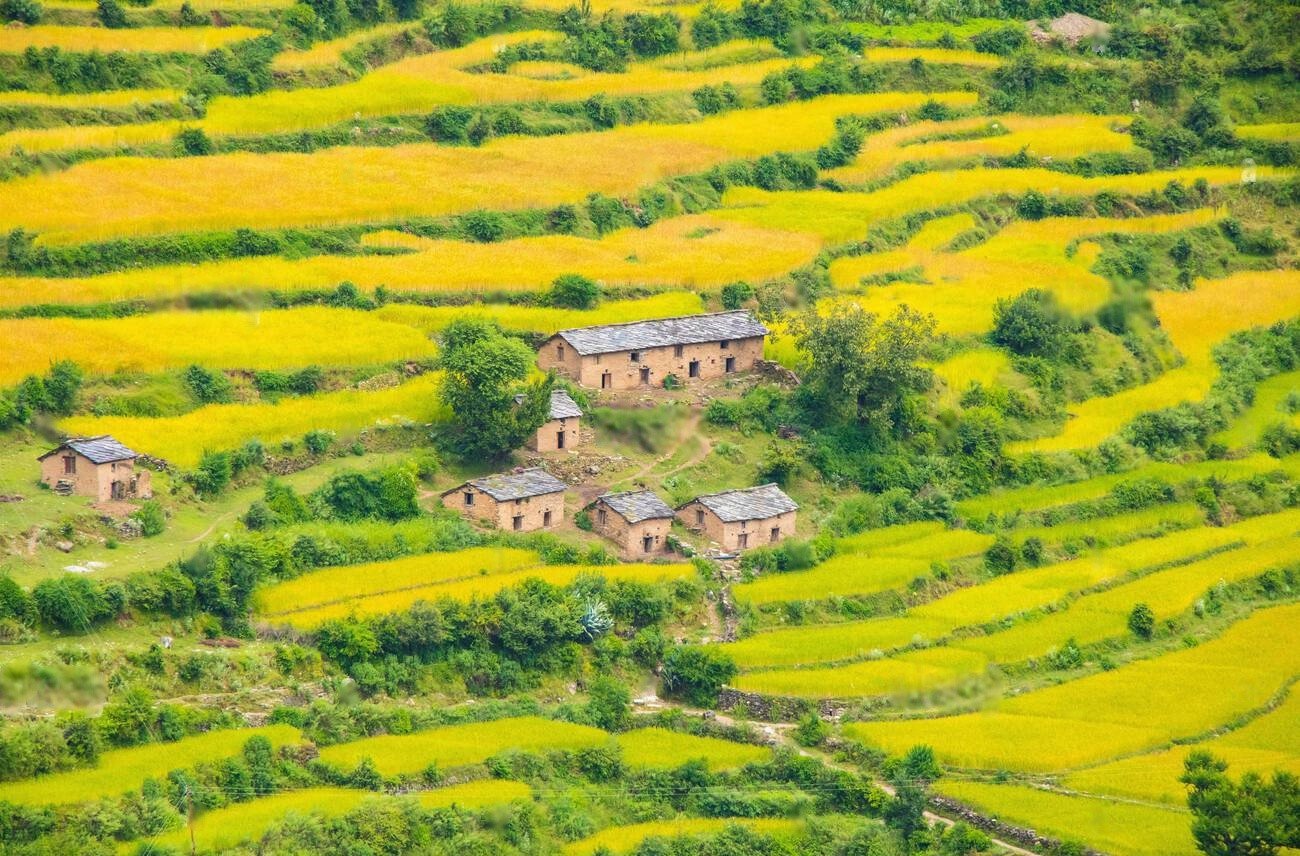 About this Trip
About this Trip
The Upper Dolpo Trek represents more than just an adventurous challenge. It's an immersive journey into one of the last places on earth where traditional Tibetan culture thrives in its purest form, set against the backdrop of some of the most dramatic and least-visited landscapes in the Himalayas.
As you ascend through the remote valleys of Dolpo, the landscape transforms dramatically. The trail begins in the lush, forested regions of Lower Dolpo, with rushing rivers and diverse vegetation. Gradually, the terrain shifts to arid, high-altitude desert reminiscent of Tibet, with barren hillsides, dramatic canyons, and sweeping plateaus. Each day brings new vistas, with the turquoise jewel of Phoksundo Lake serving as a stunning highlight before you venture into the true isolation of Upper Dolpo.
The cultural aspect of the trek is unparalleled. The people of Dolpo, predominantly of Tibetan origin, maintain ancient traditions, spiritual practices, and lifestyles remarkably untouched by modern influence. Ancient Buddhist and Bon monasteries like Shey Gompa, reputed to be over 800 years old, offer glimpses into religious practices that have remained largely unchanged despite their obscurity to the outside world.
Physically, the trek challenges participants with long daily distances, multiple high passes above 5,000m, and the effects of prolonged exposure to high altitude. The remote nature of the region means facilities are basic, adding to both the challenge and the authentic experience. The sense of accomplishment upon completing this circuit – traveling through areas that see fewer than 500 foreign visitors annually – creates an indelible memory of true wilderness exploration.
Throughout the journey, the interaction with local communities adds another dimension to the experience. Sharing simple meals in basic teahouses or family homes, exchanging smiles despite language barriers, and witnessing the remarkable resilience of people who thrive in such challenging environments provides profound perspective that often becomes the most treasured aspect of the trek.
The Upper Dolpo Trek represents more than just an adventurous challenge. It's an immersive journey into one of the last places on earth where traditional Tibetan culture thrives in its purest form, set against the backdrop of some of the most dramatic and least-visited landscapes in the Himalayas.
As you ascend through the remote valleys of Dolpo, the landscape transforms dramatically. The trail begins in the lush, forested regions of Lower Dolpo, with rushing rivers and diverse vegetation. Gradually, the terrain shifts to arid, high-altitude desert reminiscent of Tibet, with barren hillsides, dramatic canyons, and sweeping plateaus. Each day brings new vistas, with the turquoise jewel of Phoksundo Lake serving as a stunning highlight before you venture into the true isolation of Upper Dolpo.
The cultural aspect of the trek is unparalleled. The people of Dolpo, predominantly of Tibetan origin, maintain ancient traditions, spiritual practices, and lifestyles remarkably untouched by modern influence. Ancient Buddhist and Bon monasteries like Shey Gompa, reputed to be over 800 years old, offer glimpses into religious practices that have remained largely unchanged despite their obscurity to the outside world.
Physically, the trek challenges participants with long daily distances, multiple high passes above 5,000m, and the effects of prolonged exposure to high altitude. The remote nature of the region means facilities are basic, adding to both the challenge and the authentic experience. The sense of accomplishment upon completing this circuit – traveling through areas that see fewer than 500 foreign visitors annually – creates an indelible memory of true wilderness exploration.
Throughout the journey, the interaction with local communities adds another dimension to the experience. Sharing simple meals in basic teahouses or family homes, exchanging smiles despite language barriers, and witnessing the remarkable resilience of people who thrive in such challenging environments provides profound perspective that often becomes the most treasured aspect of the trek.

From $0
Price Varies from Group Size
Success
Here goes about why the success toast occurred.
 Itinerary
Itinerary
Arrival in Kathmandu (1,400m)
Kathmandu to Nepalgunj (150m)
Nepalgunj to Juphal (2,320m) to Dunai (2,140m)
Dunai to Ankhe (2,660m)
Ankhe to Sulighat (2,950m)
Sulighat to Phoksundo Lake (3,611m)
Acclimatization Day at Phoksundo Lake
Phoksundo Lake to Phoksundo Khola Camp (3,750m)
Phoksundo Khola Camp to Lar Tsa (4,120m)
Lar Tsa to Shey Gompa via Kang La Pass (5,360m)
Acclimatization and Exploration Day at Shey Gompa (4,160m)
Shey Gompa to Namduna Gaun via Saldang La (4,785m)
Namduna Gaun to Saldang (3,770m)
Exploration Day in Saldang
Saldang to Yangze Gompa (3,820m)
Yangze Gompa to Sibu (3,940m)
Sibu to Jeng La Phedi (4,370m)
Jeng La Phedi to Tokyu via Jeng La Pass (4,845m)
Tokyu to Dho Tarap (3,944m)
Exploration Day in Dho Tarap
Dho Tarap to Serkam (3,623m)
Serkam to Khanigaon (3,180m)
Khanigaon to Tarakot (2,537m)
Tarakot to Dunai (2,140m)
Dunai to Juphal (2,320m)
Juphal to Nepalgunj to Kathmandu
Departure from Kathmandu
 Services
Services
Includes
- Specialized bilingual guide with Upper Dolpo experience
- Private Transport
- Round-trip airport transfers and local transportation as outlined
- Daily meals on the trek: breakfast, lunch, and dinner
- Services of an experienced guide, cook team, and porters during the trek
- Special Upper Dolpo restricted area permits ($500 value)
- Shey Phoksundo National Park fees
- Tented camping equipment for portions beyond teahouse areas
- Accommodation throughout the trek (lodges, tented camps, and tea houses)
Excludes
- Additional accommodation due to unexpected delays or changes
- Comprehensive travel and medical insurance for the trek
- Gratuities for the guides, porters, and trekking support staff
- International flights and entry visa fees for Nepal
- Personal trekking equipment and gear (sleeping bags, jackets, etc.)
- Extra food and drinks beyond the standard meal plan
 Good To Know
Good To Know
Train 4-6 months in advance with cardio, hiking, and some strength training for this demanding trek. Prior high-altitude experience is highly recommended. Acclimatize religiously to avoid altitude sickness. Pack carefully with high-quality, layered clothing suitable for temperatures ranging from +25°C to -15°C. Respect local customs by asking permission before photographing people or entering religious buildings. Carry sufficient Nepalese rupees as there are no ATMs beyond Dunai, and be prepared for higher costs as this is a fully supported camping trek in remote areas.
Wildlife Encounters
Himalayan blue sheep (primary prey of snow leopards)
Himalayan tahr in forested regions
Musk deer in lower forest areas
Tibetan wolves (rare sightings)
Snow leopards (extremely rare sightings)
Various high-altitude birds including Himalayan griffon vultures, lammergeiers, and choughs
Alpine wildflowers during summer months
 Reviews
Reviews
 FAQs (Frequently Asked Questions)
FAQs (Frequently Asked Questions)
Your queries are answered.
Do I need trekking experience?
Previous multi-day trekking experience at altitudes above 4,000m is strongly recommended. This is not suitable as a first Himalayan trek.
What is the best time of year for this trek?
June to early October offers the best conditions. June-August avoids the monsoon (as Dolpo lies in the rain shadow), while September-early October provides clearer skies but colder temperatures.
How do I prevent altitude sickness?
Follow the acclimatization schedule strictly, stay well-hydrated, ascend slowly, and communicate any symptoms to your guide immediately. Medications like Diamox can be discussed with your doctor before traveling, and are recommended for this trek.
What type of accommodation can I expect?
Basic teahouses in lower regions and a mix of teahouses and tented camping in Upper Dolpo. Facilities are primitive with shared rooms, minimal amenities, and often no electricity beyond solar lighting.
Is it possible to shower during the trek?
Hot showers are available in some teahouses in Lower Dolpo for an additional fee, but in Upper Dolpo expect bucket washing or streams/rivers only. Wet wipes and quick-dry towels are essential.
How reliable is the WiFi and phone connectivity?
There is essentially no WiFi beyond Dunai. Mobile coverage extends only to Dunai and occasionally Phoksundo Lake. Bring a satellite communication device if staying connected is important.
Can dietary restrictions be accommodated?
Simple vegetarian diets can be accommodated with advance notice, but vegan, gluten-free, or other specific diets are extremely challenging in this remote area. Bringing supplementary food items is essential for specialized diets.
How much should I budget for the trek?
Beyond the package cost, budget approximately $20-30 per day for additional snacks, hot drinks, and any emergency supplies. Substantially more cash is required than on standard Nepali treks due to the remoteness.
How much should I tip the guides and porters?
Tipping is customary and appreciated. A general guideline is $12-18 per day for guides and $8-10 per day for porters, typically given at the end of the trek. Consider additional tips for the cook team if your experience was positive.




